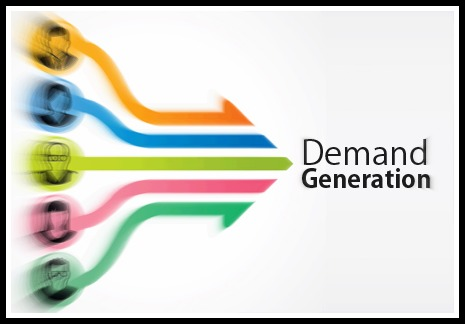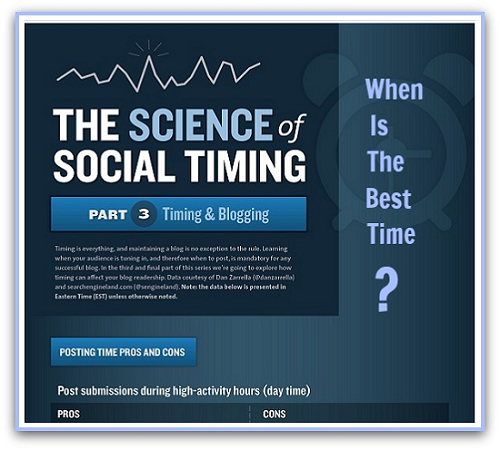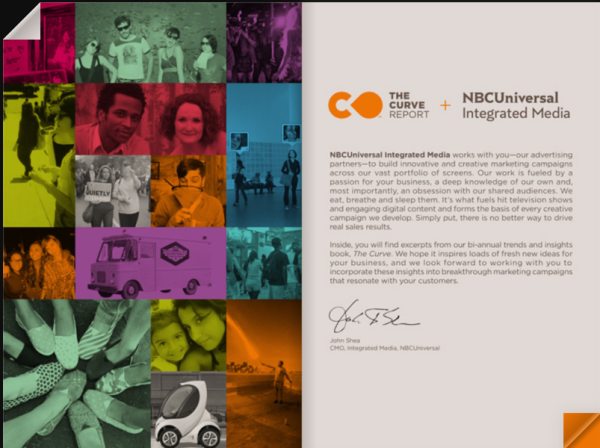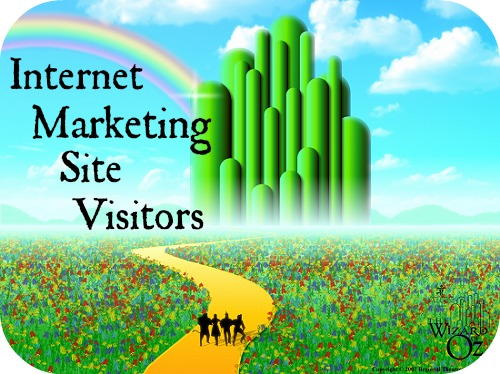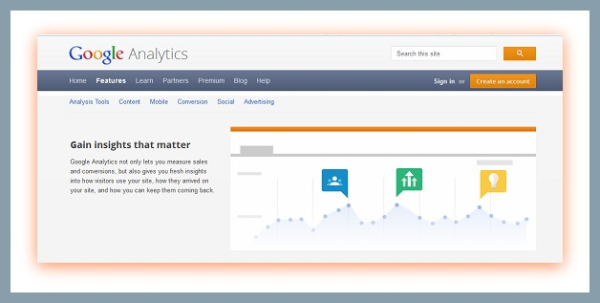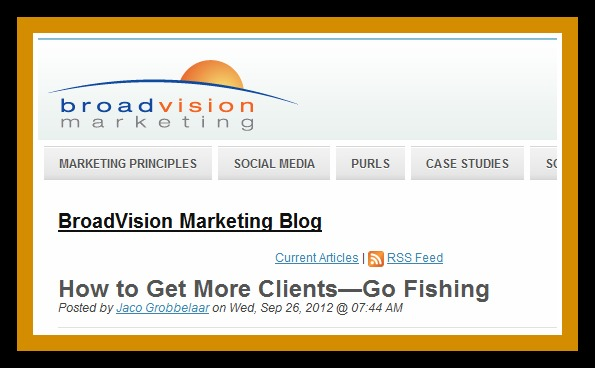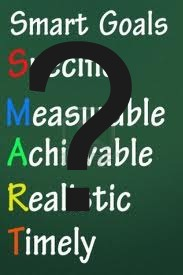Marketing Strategies: Demand Generation vs. Lead Generation
Updated Jan. 2023 How many of you, business people out there, are confused about the difference between lead generation …
Blog Post Ideas: What Day? What Time? What Confusion!
I seriously thought that there was a formula for knowing the better if not best days and times to post a blog. Wrong. I …
Marketing Strategies: Getting Ahead of the Curve
How would you like some new information on marketing strategies for campaign development that will get you ahead of the …
Nurturing Your Lead While Juggling All the Advice
Nurturing your very own personal lead is as much art as science. Advice on this is all over the internet. How do you app …
There are No Such Things as Internet Marketing Site Visitors
What blasphemy is this, you ask. After all, everyone knows that internet marketing site visitors are people who are seek …
Personas—The Way to Understand Your Market Segment
Personas are a way to understand your market segment. I’ll bet you think you know all about personas. But do you have th …
The Press Release is Dead!
Made you look. I am stepping into the age-old debate on press releases where everyone wants to add his 2 cents. Last Apr …
How Do I Analyze Our Current Internet Marketing Site Efforts?
It’s the start of a new year. Time to see what progress you made on your internet marketing site efforts if you haven’t …
7-Part Outline for Doing Article Writing
Oh no, you have to do some article writing. Where to start? What to say? What is the best layout? You don’t have to pani …
Are SMART Goals Really Dumb?
Some folks think that SMART goals are really dumb. Others worry that they only involved the left part of the brain. What …
.png?width=302&height=75&name=BVM%20Logo%20-%20transparent%20(1).png)

